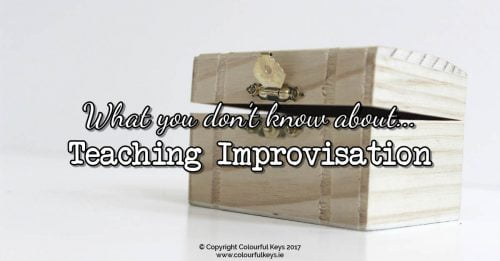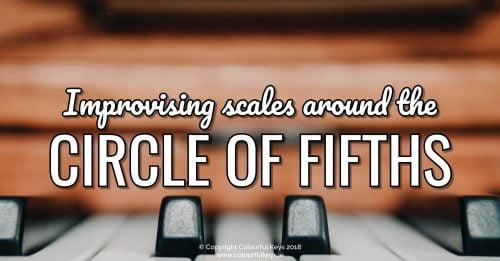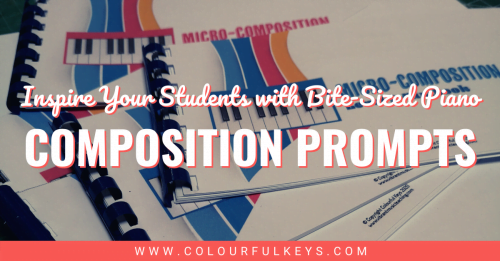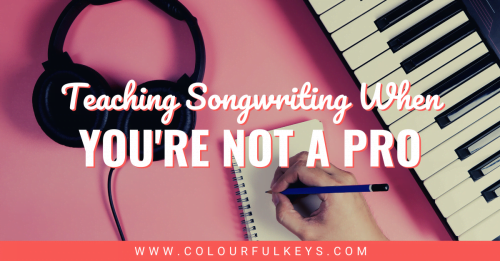If I could pick just one favourite collective lesson which the global music teaching community has been learning in the past 10 years, it would be this: “Creative music skills are not only for jazz musicians!”
More and more teachers are introducing improvisation and composition into their lessons and I couldn’t be more delighted to be a part of this movement. As someone who literally had not played anything without a book in front of them (not improvised or even memorised!) until they were 18 or so, I’m thrilled with the progress we’ve made so far.
I hear from teachers every week who say that they tried improvising with their students for the first time. They may have been terrified, but they did it anyway and that’s awesome.
And I mean literally awesome, the way my mother would use the word. It actually inspires awe.
It is not easy to take that first step and if that’s where you are now, about to take the book away from in front of your face for the first time, I hope you’ll find some ideas on this page that give you the courage to try teaching creative music skills.
If you’re an old hand at all this creative stuff, you should keep reading too. We can go so much further than just including improvisation or composition in our music lessons – we can put these activities to creative use and transform our whole teaching game.
What does creativity even mean?
Creativity can mean so many different things. In fact, we toyed with so many different titles for this page because being “creative” in music lessons does not just mean improvising or composing. These have become known as creative music skills, but the truth is that you can do anything creatively – or not – depending on how you approach it.
So, while I’d love you to incorporate more improvisation and composition into your teaching – and to use the resources on this page to help you do that – I’d also like to encourage you to let creativity seep into the rest of your teaching as well.
Creative Questions
One of the simplest things you can do to help your students sharpen their creative chisels is to ask the right questions in the right ways.
- What if we…?
- How about if…?
- What do you think would happen if…?
- Why is…? How else might the composer have done that?
In the beginning, these questions will illicit lots of “I don’t know”s and shrugs. Don’t let that stop you.
The claims of ignorance usually stem from not wanting to be wrong. If you persist, and they learn that there (really, truly) is no wrong answer you can start to have some really productive and interesting conversations with even the tiniest students.
Imaginative Stories
Nothing has to be dry. Scales, technique work, reading, dynamic terms…whatever you’re working on I promise you it can be brought to life with a story.
Here comes the part where half of the readers claim not to have a creative bone in their body and are ready to click away from this page. Please stay with me!
I’m not special. I am no more creative than you or any other human.
Creativity is a muscle. You need to flex it to make it stronger.
So yes, the first imaginative story or analogy you come up might take you a while to think of and it might be a little awkward or inelegant. Just laugh it off and try again. Isn’t that what you would tell your students to do if they were practising something they found difficult?
Creative Music Skills Are Not Just for Students
Start by following the prescriptions and adding creativity in drips and drops into your lessons. Then begin to branch out.
Try your own ideas, fall on your face and try again. Every one can learn to be more creative, even classically trained music teachers. 🙂








